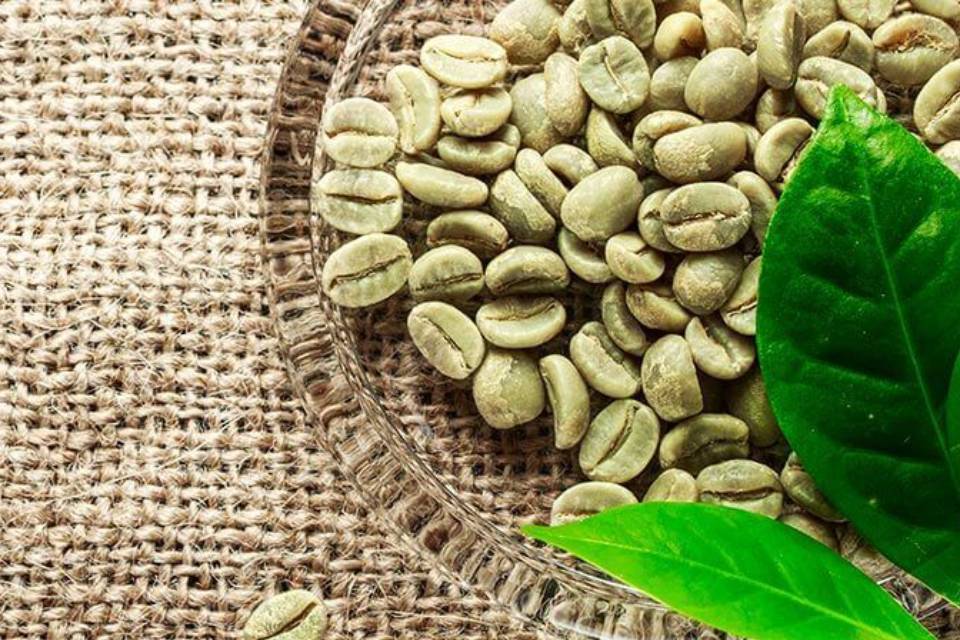The green coffee bean sounds a little on the odd side when we say it. After all most people associate coffee beans with a dark or lightish brown colour, and few have seen a green coffee bean. The seeds that come from the plant are commonly known as ‘Green Coffee Beans’. They are not precisely beans, they are more like a berry. The ‘green coffee beans’ are collected from the coffee plantations and then sent to places where they are first roasted, and then ground, and then finely crushed to make coffee powder. First, the green coffee bean must be picked from plantations. The coffee beans are most frequently picked by hand by labourers who get paid by the basketful. Since coffee beans are a type of drupe, with fruit flesh directly wrapping the coffee bean, after being gathered the flesh of the coffee bean must be promptly removed by soaking, scouring and mechanically rubbing the bean.
The de-fruited coffee bean is then cleansed with water to remove sticking fruit and additional sugars before drying. The green coffee beans are then spread over a large concrete or rock plane, where they are dried by air and sunlight. Coffee beans are given a categorization of the beans. This is done by color and size. Discolored, decayed and damaged beans are removed at this point The process of going from the Coffee Berry to the dry green coffee bean can be relatively long and may even involve some fermentation.Once this has been completed the green coffee beans should be stored in some sort of container that will allow it to breathe and not impart another flavor to the beans: burlap bags, paper bags, etc. Plastic containers are never used for obvious reasons. The coffee beans are stored at room temperature and out of direct light. They may be kept for a long period of time. Because of their light weight they are easy to ship abroad.
Green coffee beans have polyphenols which act to help reduce free oxygen radicals in the body. The bean extract is sometimes standardized to more than 50% chlorogenic acid . Coffee is a drink loved by millions, and the green coffee bean is the start of the production line. There are many ways to produce the coffee, and depending what you do with the green coffee bean and where it comes from will determine the taste and the outcome of the coffee. The Roasting Process The length of time that the coffee beans are exposed to roasting determines how strong the coffee flavor is. The bean contains a wide variety of chemical compounds including proteins, fats, sugars, dextrin, cellulose, caffeine, and organic acids. Some of these compounds volatise, oxidize, or decompose as part of the roasting process.The roasting process is very important in producing an aromatic cup of coffee. When roasted, the green coffee bean expands to nearly twice its initial size, changing in color and density. At this point in the roasting process, the coffee beans will start cracking, quite like popping popcorn.
At this stage, the bean expels moisture, and, upon reaching 400 degrees Fahrenheit, the color changes to yellow and then to a light ‘cinnamon’ brown, and oil is released from its interior. The oil from the coffee bean gives coffee its distinct flavor. The greater the amount of oil released, the stronger the flavor. The coffee beans will crack during the roasting process, which guides roasters as to how to gauge the progression of the roast. The bean will then continue to expel more oil while darkening its color, until such time it is removed from the heat. The final product can be crushed into savoury coffee powder. Papua New Guinea is just one region that grows the coffee berry. This is mainly grown in the Highland regions rich volcanic soils between the altitudes of 4,000 and 6,000 feet above sea level. Every region has its own distinctive taste. Either by height, soil, sunlight and other varying factors to make coffee unique to that erea. It is believed that every factor that comes into play has a bearing on the outcome of the coffee bean. All contribute to the production.

